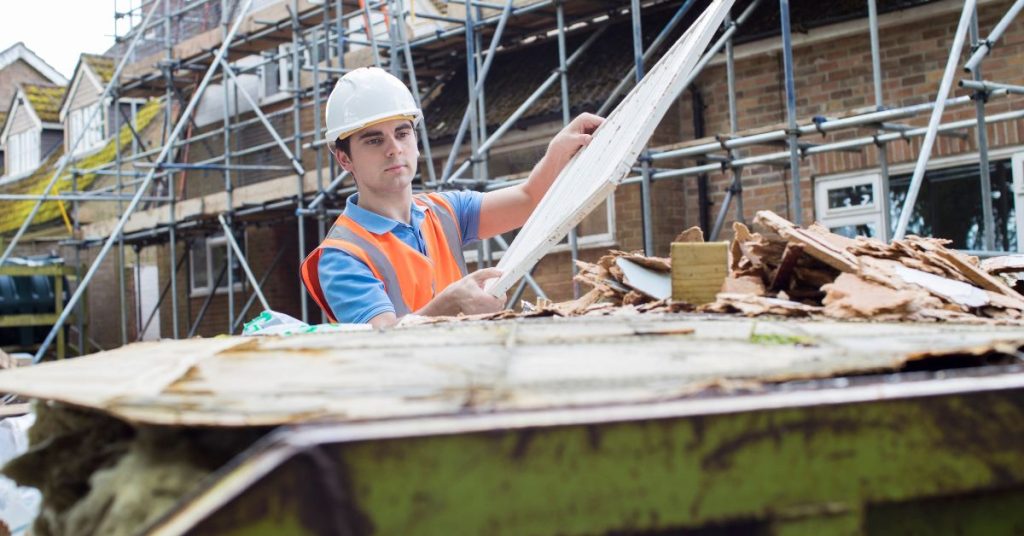How to Choose The Right Skip Size for Construction Project?
When preparing a construction project, determining the appropriate skip size is critical to ensuring efficient waste management. While choosing a skip, think about the amount and type of waste generated by your project. A tiny or midi skip may be adequate for smaller operations, such as renovating. For larger projects, builders or maxi skips may be required to convey heavier items. Assess the terms of your employment. If you just require hire a skip for a day, you can save money by hiring a skip. Contact a skip-hiring business to identify the best size for your needs.
Understanding Different Skip Sizes
Before getting into the criteria for selecting the ideal skip size, it is critical to comprehend the various skip sizes that exist in the marketplace. To help you comprehend the possibilities available to you, here are some common skip sizes and their respective capacities:

1. Little Skips (2-3 yards): Ideal for tiny residential jobs like garden clearances or minor home improvements, little skips can contain about 20-30 garbage bags of rubbish.
2. Midi Skips (4-5 Yards): With a greater volume than tiny skips, midi dumpsters are ideal for medium-sized home projects such as kitchen or bathroom renovations, containing approximately 40-50 trash bags of garbage.
3. Major Skips (10-12 yards): Large skips have a higher garbage capacity, making them perfect for major household projects or moderate commercial debris. They can carry between 100 and 120 bin bags of trash.
4. RORO skips (20-40 yards): Such skips were designed for large industrial or commercial projects, have a much bigger capacity, and can manage massive amounts of waste. Their sizes range from 20 to 40 yards, and they can store up to 440 bags of waste.
5. Builders Skips (6-8 Yard): As the name implies, these skips are commonly used for building tasks and can hold up to 80 garbage bags of rubbish. They are ideal for moving big waste materials such as bricks, soil, and garbage.
Cost Considerations
Selecting the appropriate skip size is important for both waste management and project cost management. Oversizing can result in unneeded costs, whilst underestimating may result in additional prices for extra haulage and handling. To properly minimize expenses, the predicted quantity of waste should be balanced with the skip size. A professional skip hire firm may offer recommendations based on their experience with comparable jobs, such as the best skip size to fit your demands while staying within the limits of your funds. They might additionally inform you of any extra costs that may apply, such as permits for placing skips on public property, to avoid unforeseen spending.
Type and Quantity of Waste Materials
The kind and amount of waste generated by the project will have a significant impact on the skip size you select. For example, a small home repair operation that creates just light trash materials such as wrapping, wood, and plastics may necessitate a smaller skip, whereas large construction projects or gardening activities with heavier waste goods such as gravel and mud may necessitate an enormous skip. Understanding the volume and type of waste your project will generate will assist you in selecting the appropriate skip size.
Consider the space available on-site
As indicated in the opening, the amount of space accessible at your construction site is another important issue to consider when choosing a skip size. Assess the location where you plan on putting the skip to make sure there is enough area and access for collection vehicles. It is also critical to ensure that the selected location is devoid of obstacles and safe for loading the skip.
Project Duration
Consider the timeframe of the task while determining the skip size. Longer projects may result in greater waste over time, necessitating larger skips or numerous skip leases. In comparison, a quicker operation with a single discarding event may necessitate a smaller or medium-sized skip, depending on the type and quantity of rubbish produced.
Final words:
Choosing the appropriate skip size for your building project is an important step towards sustainable waste management. You can save the following resources by making an educated choice based on considerations such as trash volume, kind, project duration, space limits, budget, and regulations. Whether you need to hire a skip for a day or the remainder of the work, choosing the right skip size will guarantee that your building endeavour works effectively and is beneficial to the environment.
Also, read: The Importance of Impact-Resistant Gloves: Protecting Hands from Hazards



